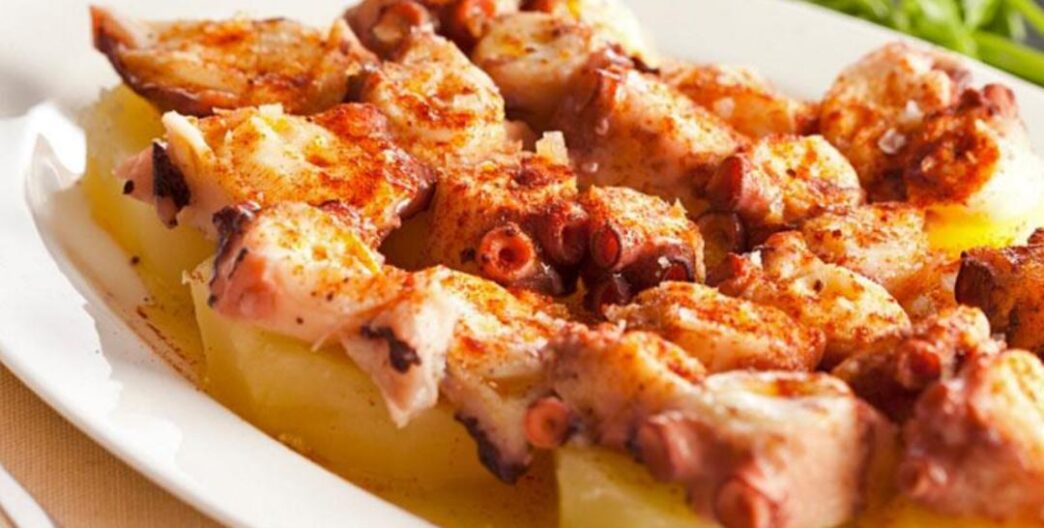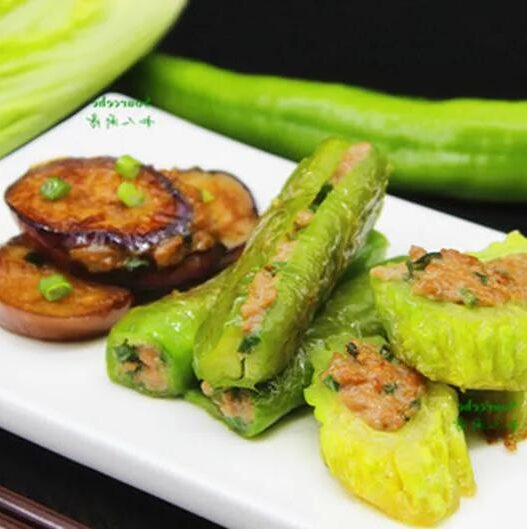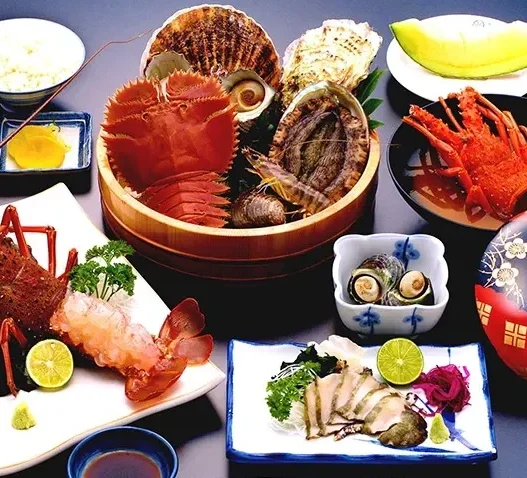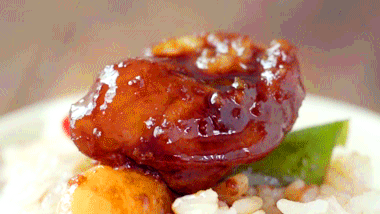Spain on the Tip of Your Tongue
Mediterranean cuisine has been recognized as a UNESCO Intangible Cultural Heritage, showcasing its unparalleled excellence. Spain boasts some of the world’s best chefs, with three Spanish restaurants ranking in the top 10 of the World’s 50 Best Restaurants. Join our foodie brigade to indulge in Spain’s signature dishes and participate in our customized cooking classes to learn authentic Mediterranean cuisine from Spanish culinary masters.

The Three “Mosts” of Spanish Restaurants
Botín Restaurant, established in 1725, holds the Guinness World Record for the oldest restaurant still in operation. Before his fame, painter Goya worked there as a dishwasher, and Hemingway mentioned it more than once in his work “The Sun Also Rises.” The restaurant’s oven has been in use since its inception, now nearly 300 years old.
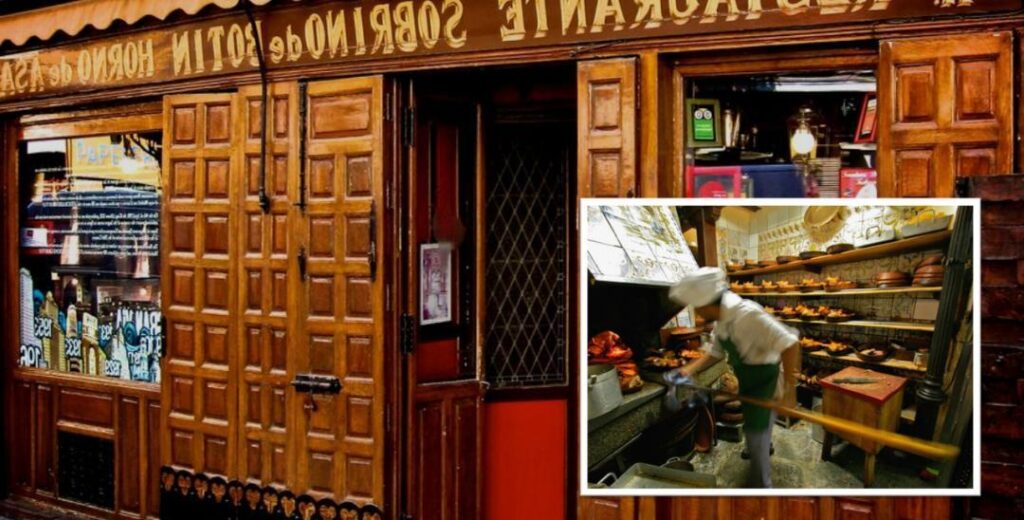
Sublimotion Restaurant is considered the world’s most expensive, with a minimum spend of €2,650 per person. It only seats 12 guests at a time and operates for just 3-4 months a year.

El Celler de Can Roca in Girona, run by three brothers from Portugal, Joan, Josep, and Jordi, focuses on “emotional cuisine,” aiming to evoke feelings or memories through food. It finally topped the list in 2013, defeating the perennial champion Noma, and again in 2015.

Spanish Cuisine
You might have heard of the French escargot, but did you know that the world-famous French dish was “stolen” from Catalonia, Spain? During the French invasion of Spain, when food supplies were cut off, both French and Spanish soldiers turned to the thousands of snails in Catalonia for sustenance. After the war, both the French and Catalonians developed methods for farming and cooking snails. Suddenly, French escargot became a standout in French cuisine, but Catalonians rightfully claim it as Spanish.
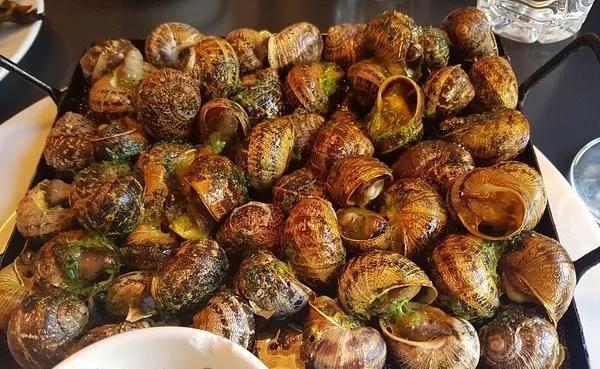
If there’s one food in Spain that’s both popular and expensive, it’s Iberian Ham. Slicing off a piece of the fragrant, translucent, pink ham, with its marbled fat, is like receiving a warm, sweet kiss. The top-tier Iberian ham, made from the near-wild Iberian black-hoofed pig, is raised on acorns, cured with natural sea salt, and matured in the unique Mediterranean climate, resulting in a pure, oak-acorn flavored delight.
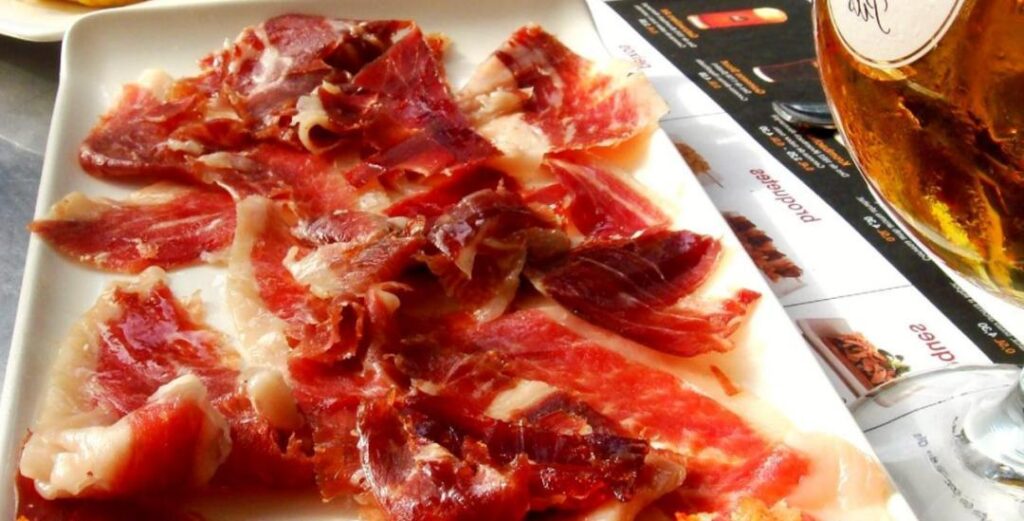
Spanish Tortilla is a humble yet beloved dish in Spanish home cooking. Made with simple ingredients like potatoes, eggs, olive oil, and a bit of salt (some add onions), the exterior forms a thin, fragrant crust while the interior remains soft and tender, blending the flavors into a wonderful taste sensation. This simple dish is loved by all in Spain, with almost every housewife knowing how to make it.
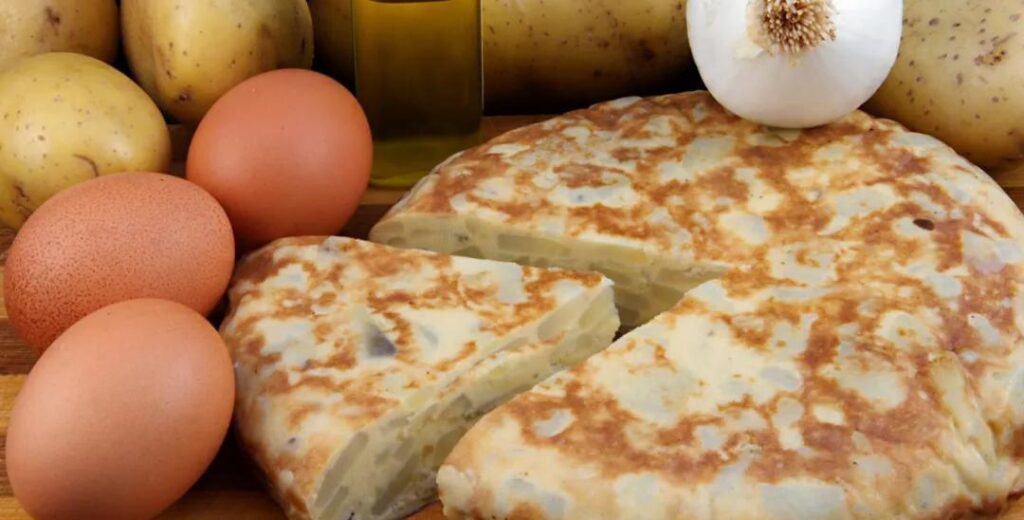
Asturian Fabada, a traditional dish from Asturias, is adored throughout Spain. It’s a stew of white beans cooked with various pork products (cured meats, sausages, ham…) until the broth is thick and glossy, and the beans are soft enough to melt in your mouth.

Galician Octopus, or Pulpo a la Gallega, is ubiquitous in Galicia’s streets, bars, and markets. The preparation is simple: boil fresh octopus in water, season with pepper and sea salt. Despite its simplicity, there’s an art to boiling the octopus to achieve tender meat. Only the freshest octopus will do.
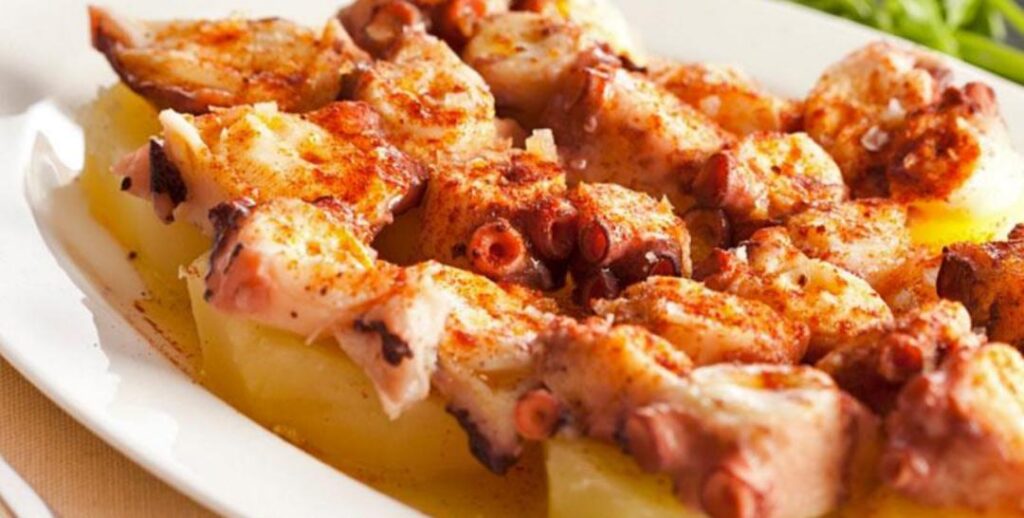
Galician Broth is famous for its ingredients like turnips, greens, cabbage or kale, and potatoes, with added pork fat, sausages, blood sausage, ham, and bacon. Many soups in other parts of Spain are said to be inspired by this broth.
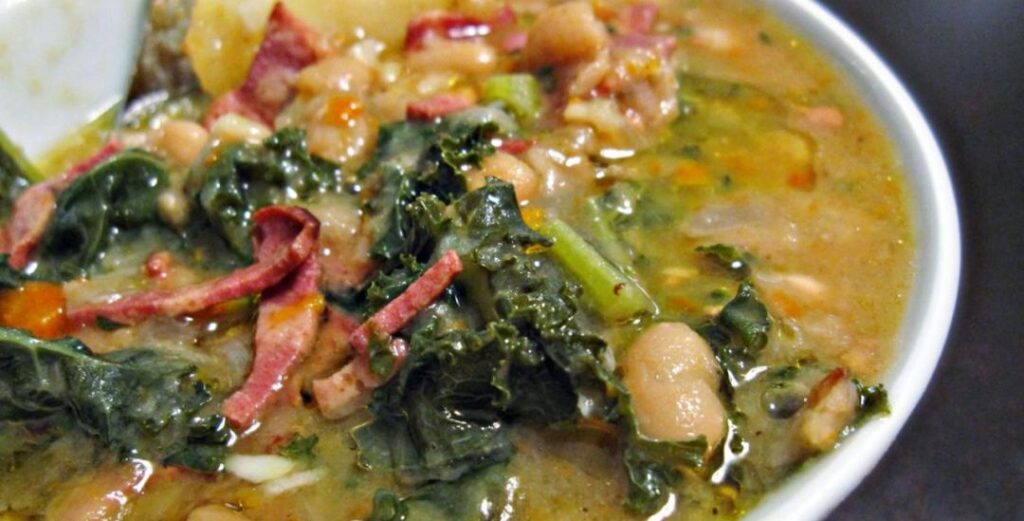
Asturias, with its cold Atlantic waters, produces some of the world’s finest seafood. In Gijón’s specialty seafood restaurants, you can savor deep-sea lobster, crabs, mussels, and oysters cooked in large copper pots, paired with a refreshing Asturian cider, which has a unique pouring method that requires some skill.
Gazpacho, an ice-cold soup from Andalusia in southern Spain, is perfect for hot summer days. Made with cucumber, garlic, onion, peppers, tomatoes, olive oil, salt, water, and vinegar, it’s tangy, refreshing, and helps cut through the richness of other dishes.
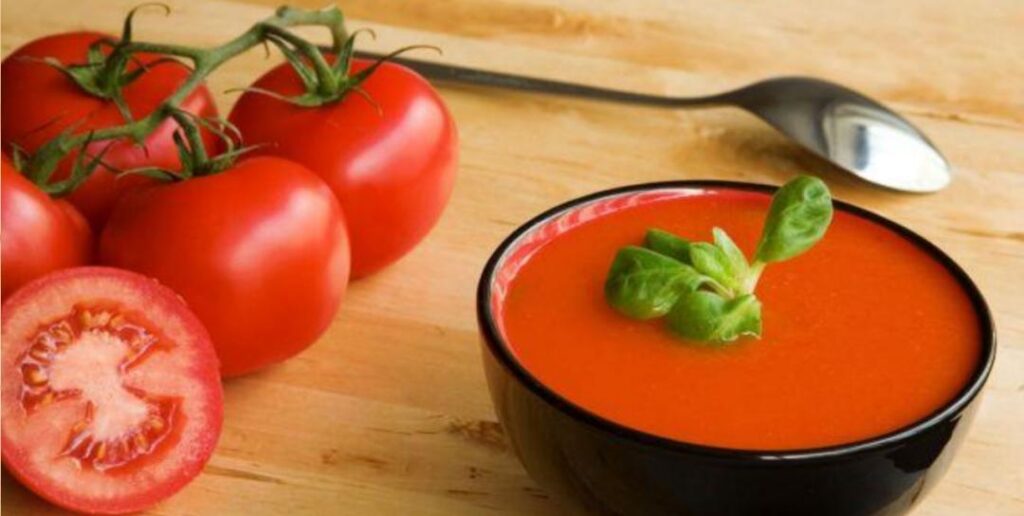
Bull’s Tail Stew, a dish with a strong Southern European flavor, is unique to Spain. You’ll have the chance to taste this delicacy at a historic restaurant near Madrid’s bullring, which has a contract to receive the tails of bulls killed in the ring.
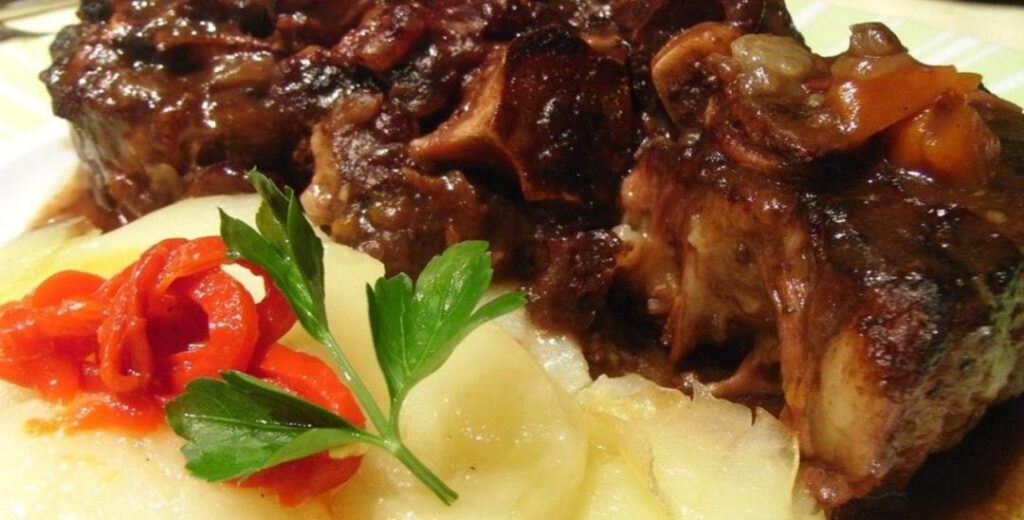
Spanish Food Restaurants
We’ll take you to Barcelona’s Escargot Restaurant, established in 1835 and now in its fifth generation. The restaurant’s signature dish is escargot prepared in a traditional way. Interestingly, guests enter through the kitchen, showcasing the restaurant’s confidence in its culinary management.
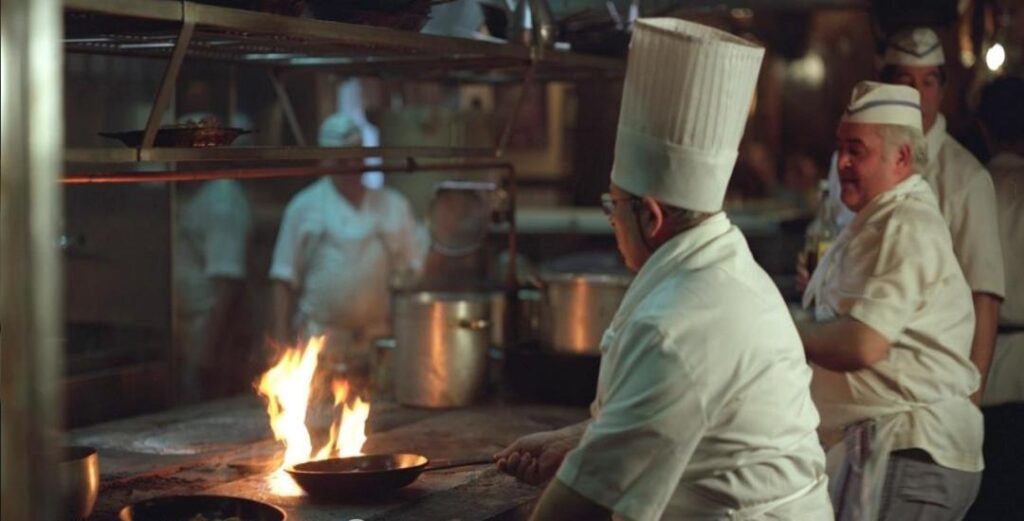
The Laurel Street area in Logroño, though just a few small alleys, is home to nearly 160 tapas bars, making it one of the highest density tapas zones in Spain. Here, people crowd in to eat, drink, and laugh, creating a festive atmosphere every day.
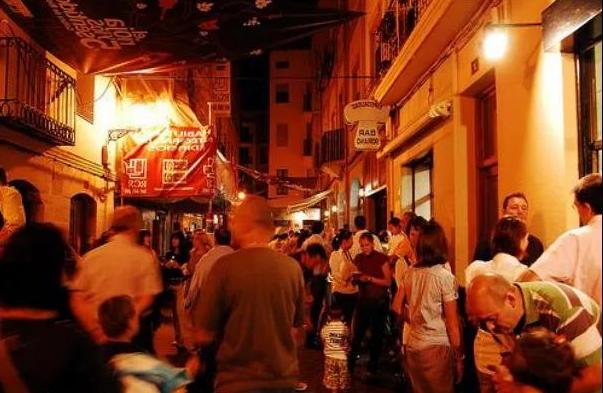
La Boqueria Market on La Rambla is a vibrant food haven with fresh ingredients, colorful juices, spices, and various eateries and bars.
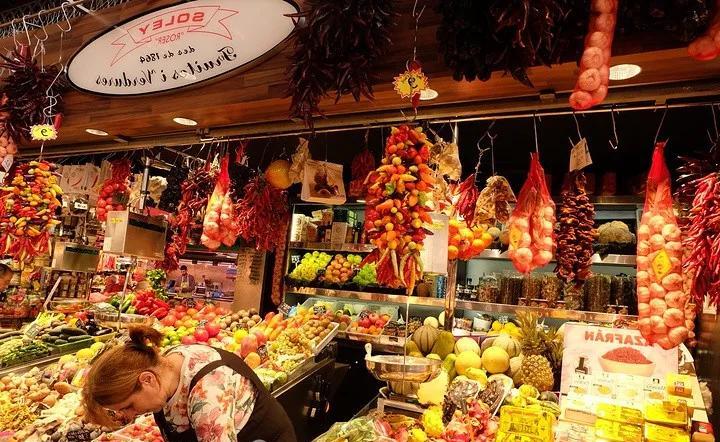
El Quatre Gats Restaurant in Barcelona is known for its cultural heritage, established in 1897 with decor still reflecting that nostalgic artistic era. The walls are adorned with works or photos of famous figures, including Picasso, who used to seek inspiration here and even designed the menu and promotional posters for the restaurant.
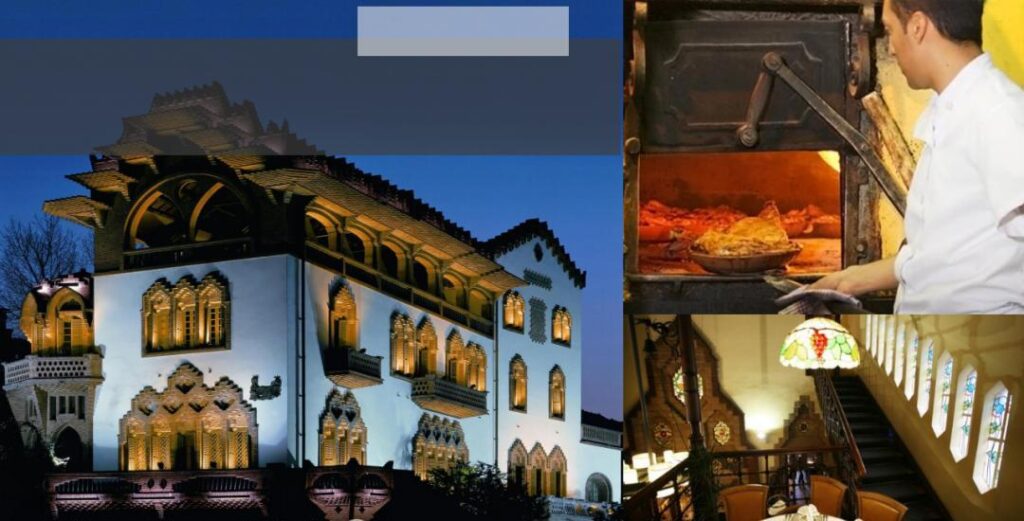
Tibidabo Restaurant, located halfway up the mountain, offers diners stunning views of Barcelona. It’s known for its grilled lamb chops and its beautiful wooden ceilings and balconies.
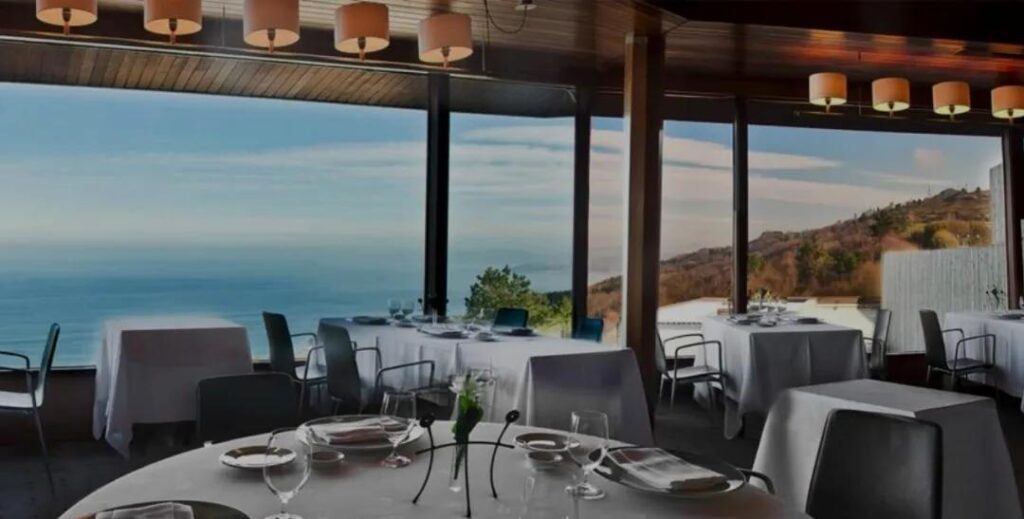
Miguel’s Restaurant in Zaragoza’s city center is renowned for its Migas, a traditional Aragonese dish invented by shepherds. The restaurant’s culinary skills and warm, humorous hospitality attract many celebrities.
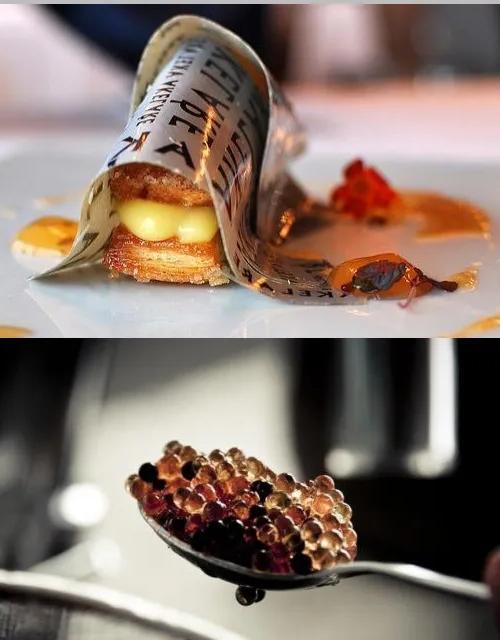
Mugaritz in San Sebastián, a Michelin-starred restaurant, is itself a beautiful sight. At night, the sea outside turns into a painting, and the dining room reflects the guests and the restaurant’s ambiance. The chef uses unique ingredient combinations to stimulate and satisfy diners’ palates.

Azurmendi, a three-Michelin-star restaurant nestled in a vineyard, has recently been named Europe’s best restaurant. Chef Eneko Atxa, who started this venture at the age of 29, is Spain’s youngest Michelin chef. His passion for exploring new techniques and methods to improve food flavors is the driving force behind the restaurant. We’ve arranged a “Chef’s Kitchen Observation” activity, allowing you to witness Eneko and his team preparing your exquisite and incredible lunch.








